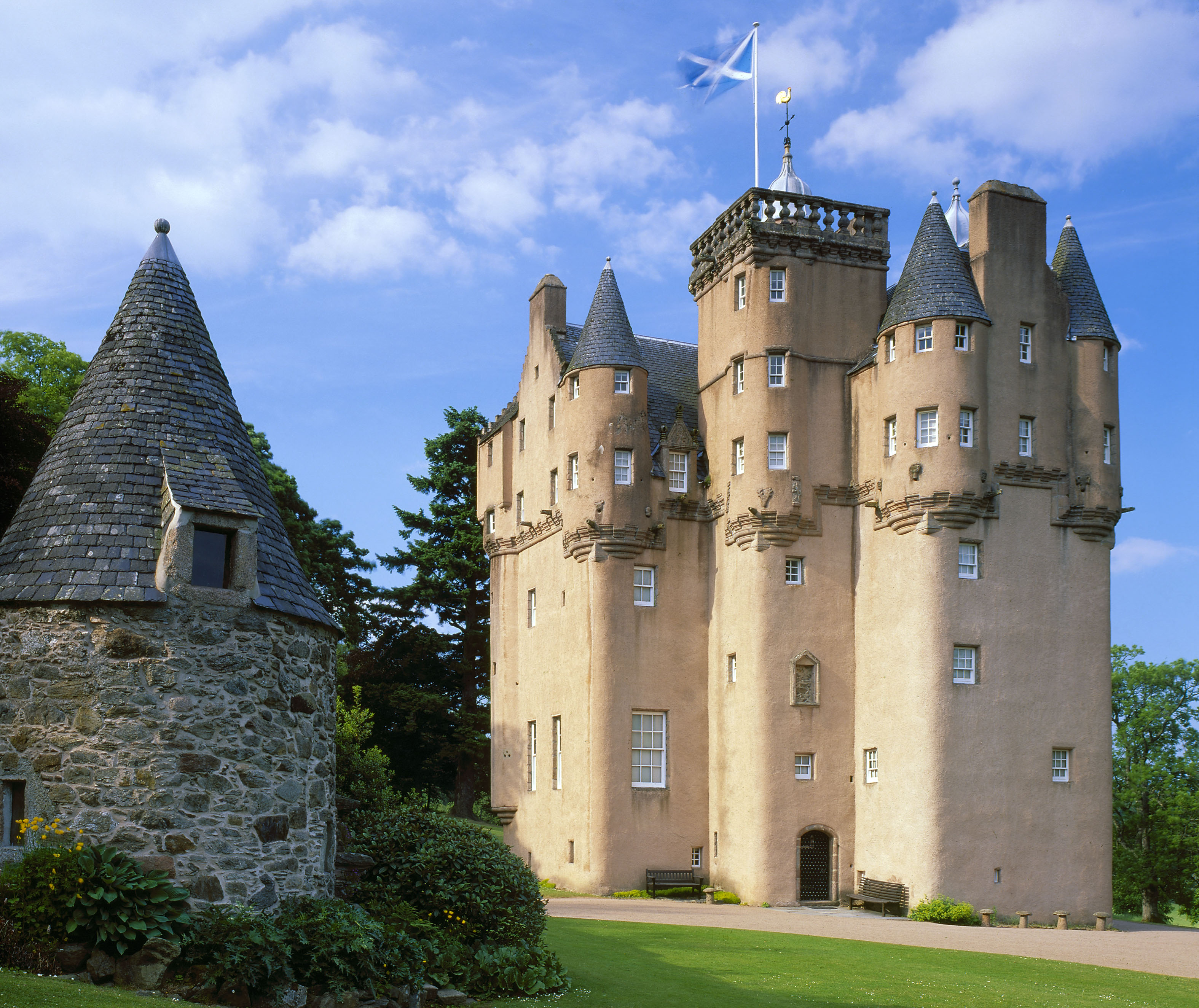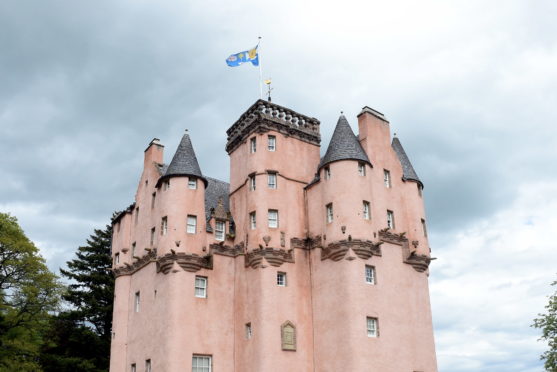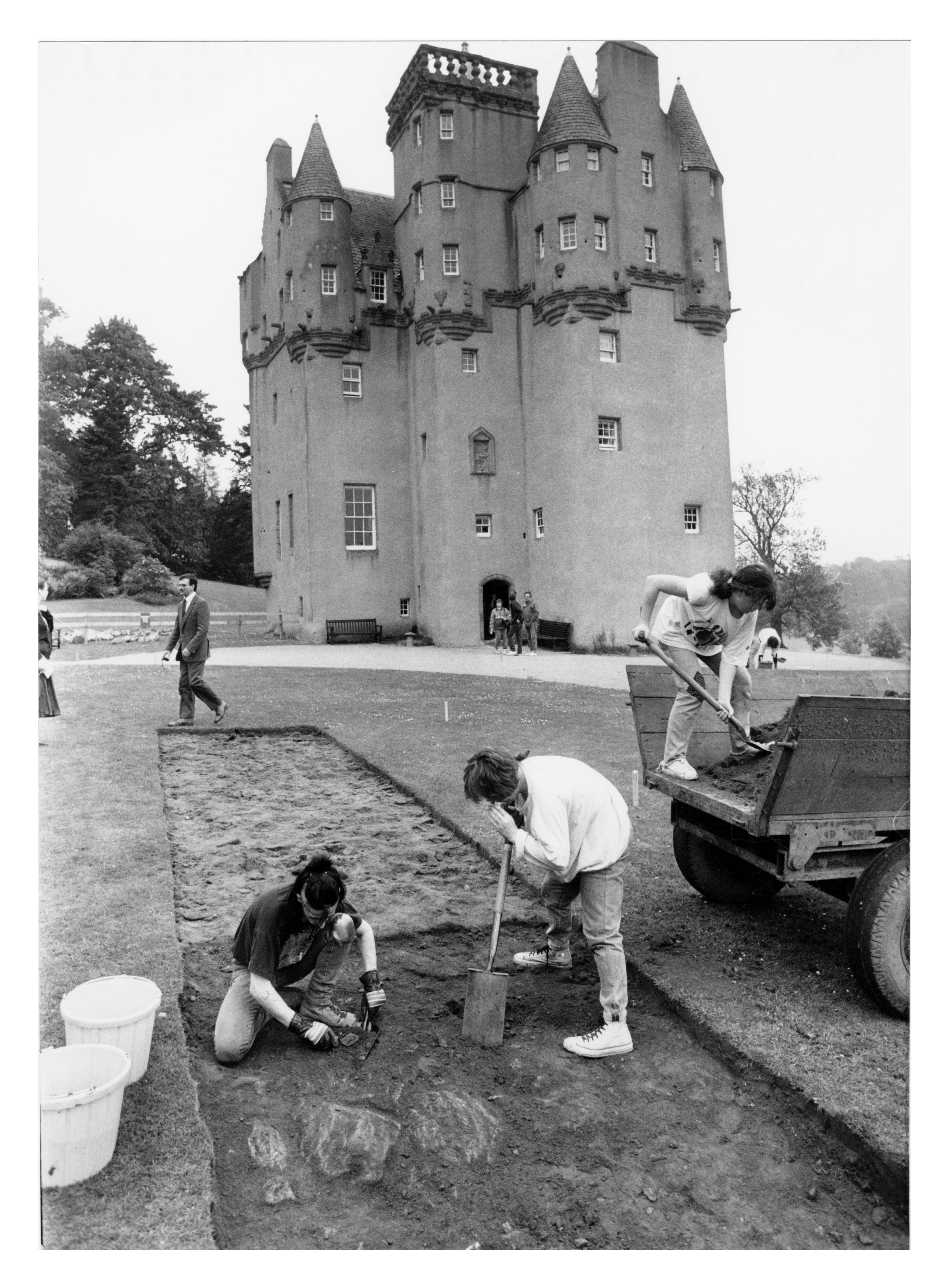Historic defences encircling Craigievar Castle are to become an integral part of the visitor experience.
The quintessential fairytale pink structure, near Alford, was previously the seat of Clan Sempill and the Forbes family.
In 1963 the property was given to the National Trust for Scotland by William Forbes-Sempill, 19th Lord Sempill.
Throughout the years, excavations have been carried out to investigate the castle’s “barmkin wall” – a form of a medieval, and later defensive, enclosure.
At Craigievar Castle a “rare” surviving section of the barmkin wall survives, complete with the original entrance to what would have been in the 17th century a fully enclosed courtyard.
Now the National Trust for Scotland (NTS) has been granted listed building consent to install stone slabs to mark the barmkin wall’s location.
The project will allow the “original footprint” of the lost sections of the wall to be outlined to “enhance the visitor understanding of Craigievar Castle.”
Last night John Lennon, visitors service supervisor, said the team at the castle were “really pleased” it had been approved.
He said: “Ideally, we would have this in place by the time we open on April 3. We would like work to start work as soon as possible.
“By building a kind of path we can show the outline of where the defences would have been and hopefully it will be a really interesting for new and old visitors.”
In their proposals, the NTS stated: “Situated to the west of the castle, the last remaining section of the Barmkin wall aids the understanding of the castle and its changing landscape.
“This will allow the visitor to physically read the footprint of the courtyard and appreciate the scale and impression the barmkin would have had on 17th century occupation of the site.
“We believe this will further add to the visitor experience at the site and combined with the previously erected interpretation signage and a revised focus within the oratory will add a new layer to the storytelling at Craigievar Castle.”
Graphics and signs will also be created to display information about the former defensive wall.


